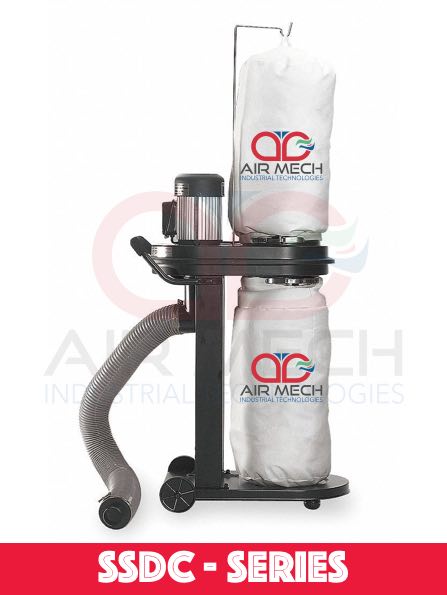What is Grinding Dust?
Grinding refers to the process of using abrasive particles to remove material from a workpiece’s surface, typically to achieve a smoother or more precise finish. It is commonly used in various industries such as manufacturing, construction, and metalworking.
Dust, on the other hand, is composed of fine particles that are dispersed into the air during various activities, including grinding. These particles can be generated from materials such as wood, metal, or concrete. Dust particles are often small enough to remain suspended in the air for extended periods and can pose health hazards when inhaled, leading to respiratory issues and other health problems.
In the context of grinding, dust is a byproduct generated during the material removal process. It consists of tiny particles released into the air as a result of the grinding action on the workpiece. Managing and controlling dust is essential to maintain a safe and healthy working environment, as exposure to airborne dust can have adverse effects on both workers and equipment. Employing dust collection systems and proper ventilation techniques is crucial to mitigate the risks associated with grinding and dust.
Health Risk of Grinding Dust?
Exposure to grinding dust, a byproduct of various industrial processes such as metal or concrete grinding, poses significant health risks to workers due to the inhalation of airborne particles. These particles, including those from metals like aluminum or steel, and materials like concrete, can penetrate deep into the respiratory system, leading to a range of adverse health effects.
Respiratory Issues: Inhaling grinding dust irritates the respiratory tract, causing symptoms like coughing, wheezing, shortness of breath, and chest tightness. Prolonged exposure, especially to fine particles generated during metal grinding, can exacerbate conditions like asthma or bronchitis and may even lead to chronic respiratory diseases like COPD.
Lung Damage: Fine particles from grinding dust, particularly those containing silica or metal components, can cause lung damage over time. Conditions such as pneumoconiosis, including silicosis, and fibrosis may develop, increasing the risk of lung cancer.
Eye and Skin Irritation: Direct contact with grinding dust can lead to eye and skin irritation, manifesting as redness, itching, and inflammation. Continued exposure may result in more severe conditions like dermatitis or conjunctivitis.
Allergic Reactions: Some individuals may experience allergic reactions to specific components of grinding dust, resulting in symptoms such as sneezing, a runny nose, itchy eyes, and skin rashes.
Neurological Effects: Grinding dust containing heavy metals like lead or cadmium may have neurotoxic effects if inhaled or absorbed into the body, causing symptoms such as headaches, dizziness, tremors, and cognitive impairments.
Systemic Health Effects: Chronic exposure to grinding dust can impact other organs and bodily functions, potentially leading to cardiovascular issues, kidney damage, or reproductive problems.
Actions for Safety Grinding Dust?
To mitigate these health risks, proper dust control measures must be implemented, including the use of grinding dust collectors and industrial ventilation systems. Additionally, the adoption of portable or bench-mounted grinding dust collector systems can enhance worker safety, especially in DIY or industrial settings. Regular monitoring of air quality, coupled with the use of personal protective equipment like respirators and gloves, is essential for minimizing exposure and maintaining a safe work environment.




